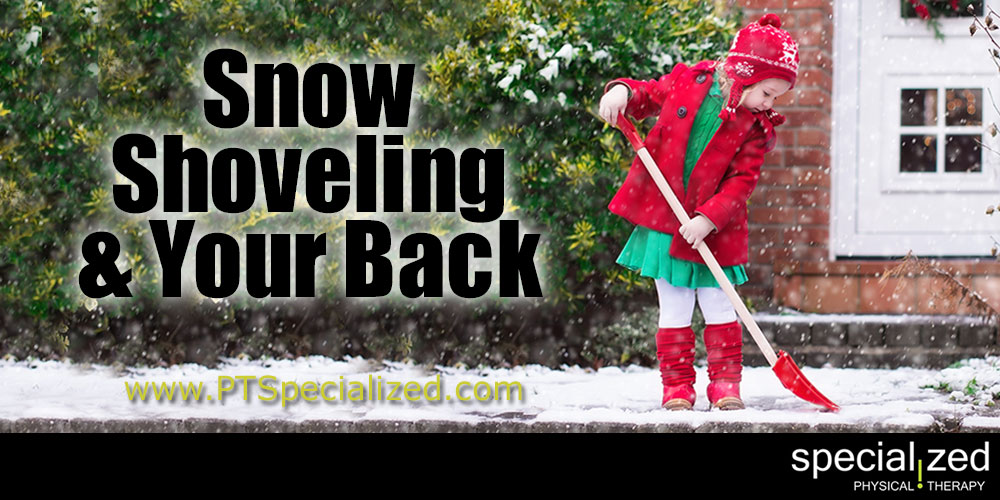Winter brings snow. Snow means shoveling. That can be good for you, or really bad, depending on how you attack that snowy walk and driveway and whether that snow is pretty, light, dry snow or heavy, wet snow.
The good
So that good part? Snow shoveling snow is a great workout! Shoveling that walk for about 15 to 30 minutes is the equivalent of a moderate physical activity. If you’re trying to get in better shape, drop a few pounds or just burn up that cup of hot cocoa, shovel away! Doing so gets your whole body into the workout too! Arms, shoulders, core, and legs all get into the workout and what else can you think of that does that in 30 minutes?
The bad
The bad news? More people are hurt or die from shoveling snow. Yes, really. If you have a heart condition or are otherwise in poor health, hire someone to help or do it for you. That clean walk isn’t worth a heart attack! However, doing that shoveling wrong, not warming up and not taking breaks will get you injured.
Some tips
So here are some tips to get that workout safely and not land yourself in the emergency room. First, warm up your muscles first. You wouldn’t jump into the middle of an aerobics class without the warm up and this is no different. Walk around and stretch first. Also be sure to dress appropriately. Wear boots that have enough grip to keep you from slipping and falling. If there is ice under the snow consider waiting or break up the ice before walking on it. DON’T stand on ice. It won’t end well.
Wait!
Another tip? Wait until you’ve been up for about 2 hours before snow shoveling. Injuries to the discs in your back tend to occur in the morning when there is increased fluid pressure. Of course, if you have to get to work and can’t wait, just keep that in mind when you start the lifting.
Don’t lift lots of snow at once
When lifting don’t lift lots of snow at once, especially if the snow is wet and heavy. Small loads are easier on your back. Also lift from your legs, meaning bend your knees and use your legs instead of bending over and don’t twist either. Step in the direction of where you are throwing the snow instead of twisting around.
Be smart!
Taking frequent breaks doesn’t make you lazy or a wimp. It’s smart. Use breaks to extend your lower back. Stand straight and tall, place your hands toward the back of your hips and bend backwards slightly for several seconds. Repeat as often as needed. And if you feel pain, or are experiencing shortness of breath STOP!
If you have hurt your back shoveling, give us a call or sign up for a FREE PAIN EVALUATION today!
